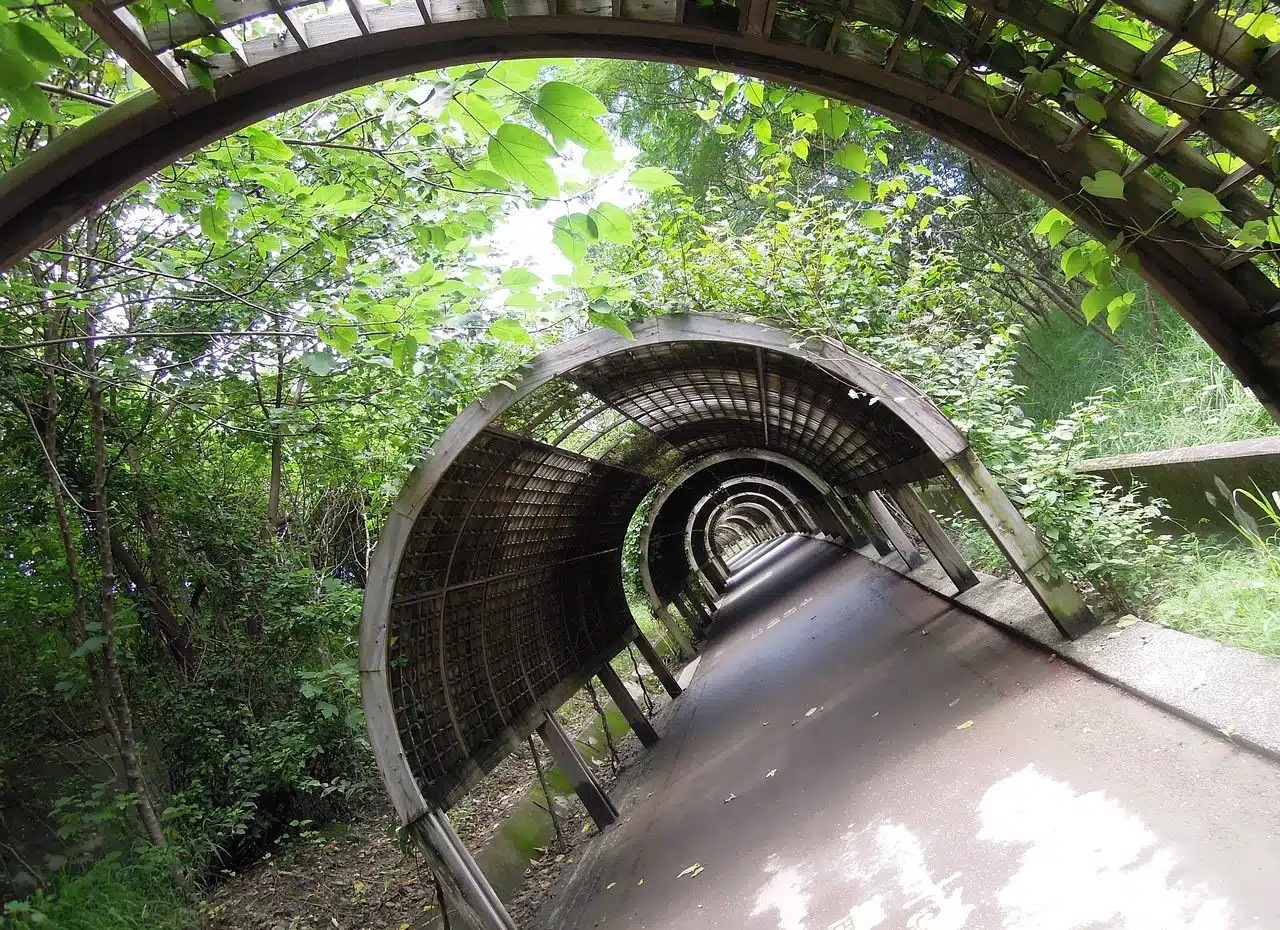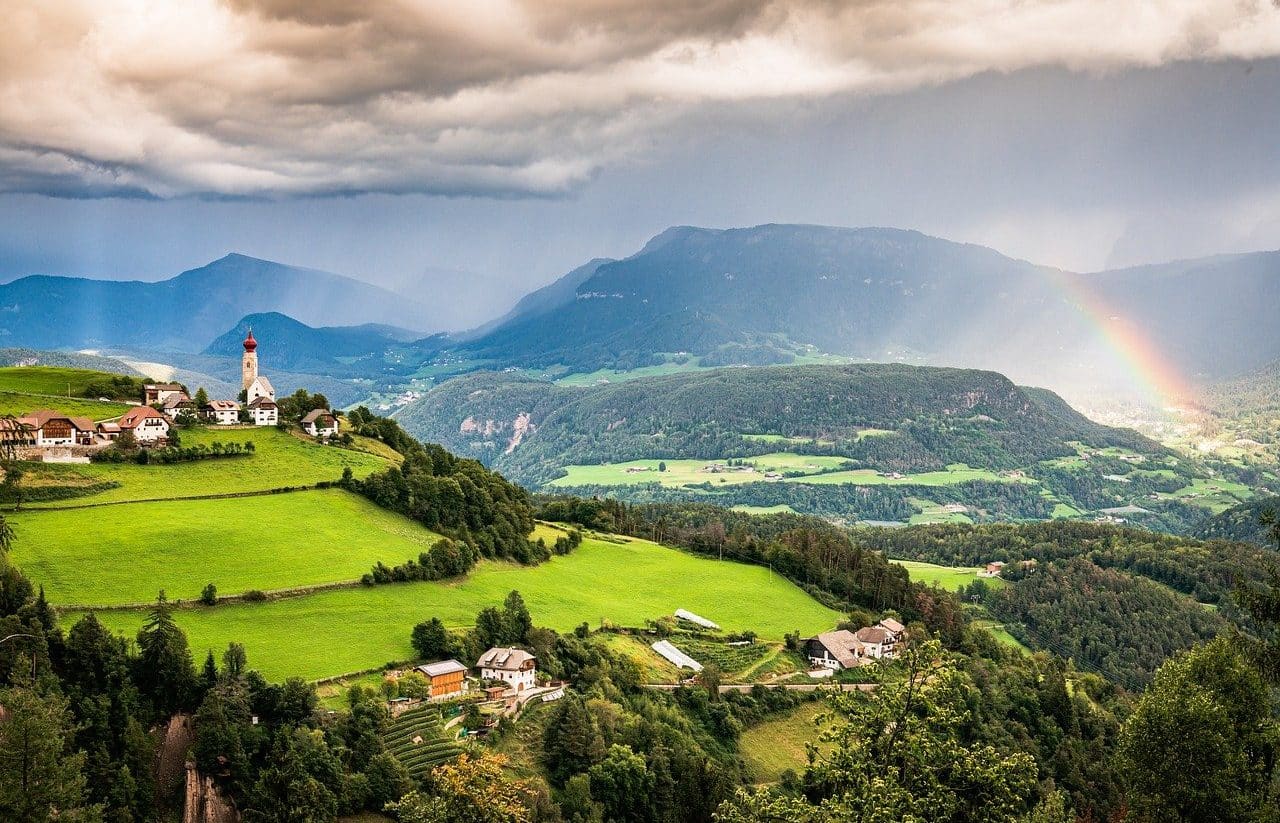
Biological corridors are routes or paths that connect ecosystems and landscapes, contributing, for example, to the conservation of biodiversity.
Biological corridors are, according to the theoretical definition framed in environmental law , territories of variable characteristics and dimensions that connect natural spaces relevant to wild fauna and flora . Thanks to them, members of different species can carry out genetic exchanges or migration , for example.
This geographical space, also called a conservation corridor or green corridor , offers ecological connectivity by uniting habitats , ecosystems and landscapes , whether natural or subject to some kind of transformation by humans. In this way, the conservation of nature is guaranteed by ensuring biodiversity , by minimizing or preventing the fragmentation of habitats , by favoring the dispersal of seeds and by allowing the development of multiple evolutionary processes. It has been specifically studied that animals and native vegetation benefit when biological corridors are deployed that are somehow integrated into a productive activity.
Given the importance of biological corridors, it is necessary and constructive to know, among other issues, what they are like, how they are planned, designed, implemented and managed; what advantages they offer and which can be found throughout the planet. It is also advisable to educate yourself about how much the creation of green corridors influences the reduction of the ecological footprint and, ultimately, the increase in the well-being of all living beings. It is worth noting that these spaces help keep the temperature under control, minimize pollution (both acoustic and atmospheric) and encourage selecting a non-polluting option when looking for a means of transportation or mobility (as occurs with bicycles, for example).
Types of biological corridors
Searching for information on the varieties of biological corridors reveals a first, fairly broad classification that accounts for the existence of anthropic biological corridors (that is, they are the result of modifications or alterations derived from human actions) and natural biological corridors ( which are the work of nature itself).
If each location is considered, on the other hand, categories such as green urban corridors and marine corridors are imposed.
In pursuit of establishing sustainable development on a global scale, it is also useful to analyze the potential of the so-called agricultural corridors , which are also recommended to promote the adaptation of pollinators to climate change .
Nor should we overlook the classification criteria that present ecological corridors , as appropriate in each case, as conservation corridors , macrocorredoes or biological corridors .

Conservation corridors are large regions that ensure ecological connectivity between biological reserves, national parks, etc.
Examples
Below we will share examples of biological corridors , mentioning several that are distributed on different continents.
By focusing attention on the European surface, to indicate a possibility, the European Green Belt comes to light. This initiative links biosphere reserves , national parks and protected areas . This route is segmented into two pairs of sectors with regional coverage: the Central European Green Belt , the Fenoscandian Green Belt , the Balkan Green Belt and the Baltic Green Belt . On Andalusian soil, meanwhile, the Dos Bahías Green Corridor is distinguished, which links several natural parks .
With the intention of promoting ecological sustainability and facilitating the movement of fauna between numerous countries, on the other hand, the Mesoamerican Biological Corridor (CBM) has been promoted. Different areas coexist in this region and numerous biomes and ecoregions are observed.
Within Argentine territory, to add another reference, the Green Corridor appears located in the province of Misiones . Its purpose is to compensate for the activities carried out in these spaces in agroforestry matters and to help preserve native forests by protecting the specimens of flora and fauna that develop there.

Green corridors, in addition to beautifying territories based on the benefits of nature, contribute to the physical and mental well-being of the population.
Ads linked to biological corridors
The media, as well as governments officially, frequently make announcements related to biological corridors .
A few months ago it emerged, for example, that authorities from the Argentine province of Misiones and their counterparts from the Brazilian state of Río Grande Do Sul began to work together to create an international biological corridor aimed at conserving biodiversity beyond borders. .
It is also common for news to be disclosed about the Mesoamerican Biological Corridor , which is framed in the Mesoamerican Strategy for Environmental Sustainability and which is usually the driving force of projects, initiatives and meetings. The Mesoamerican Integration and Development Project , specifically, seeks cooperation at the regional level in order to promote sustainable development taking into account sustainable competitiveness , climate change , biodiversity and forests as axes.
It is also interesting to know that there is a political decision within the Government of Cochabamba ( Bolivia ) to establish and extend urban biological corridors . The objective is the reforestation of strategic points in the central area as well as other regions using seedlings of hundreds of native species .
